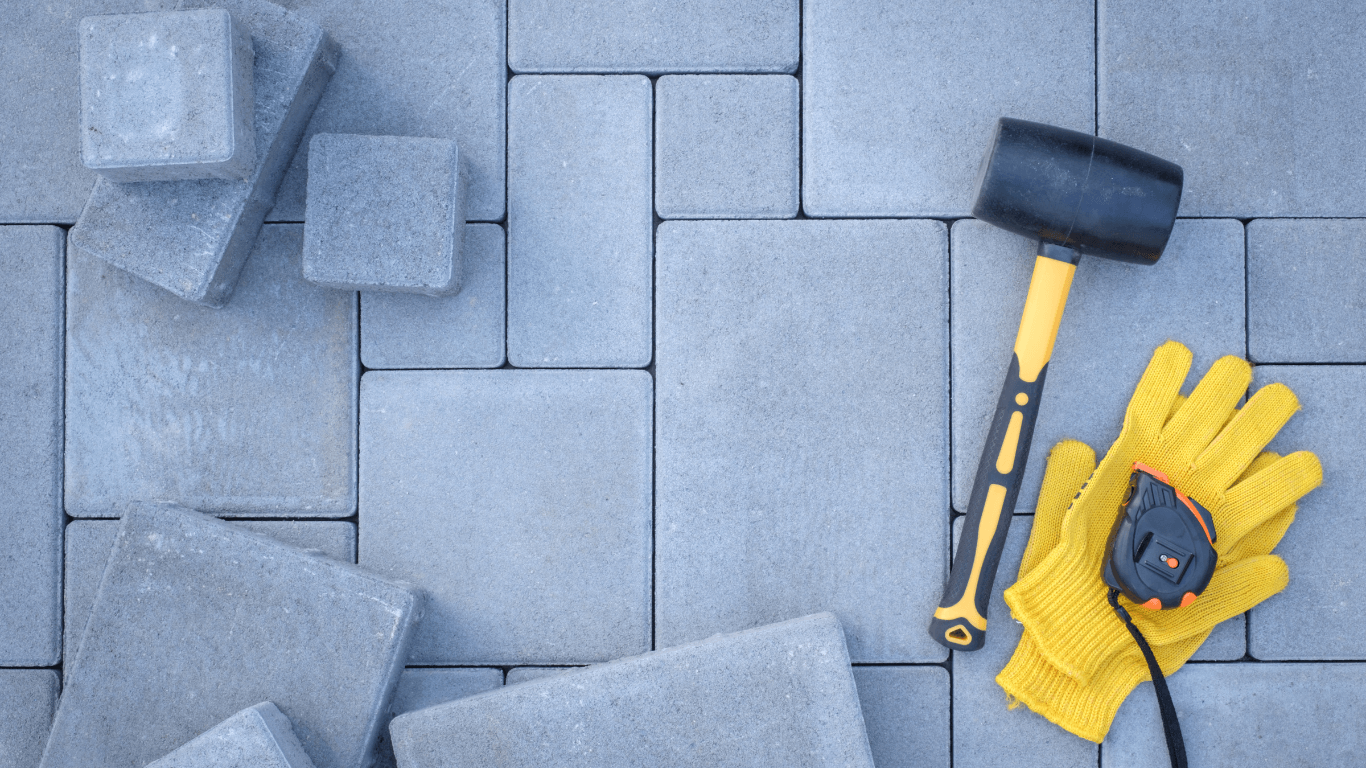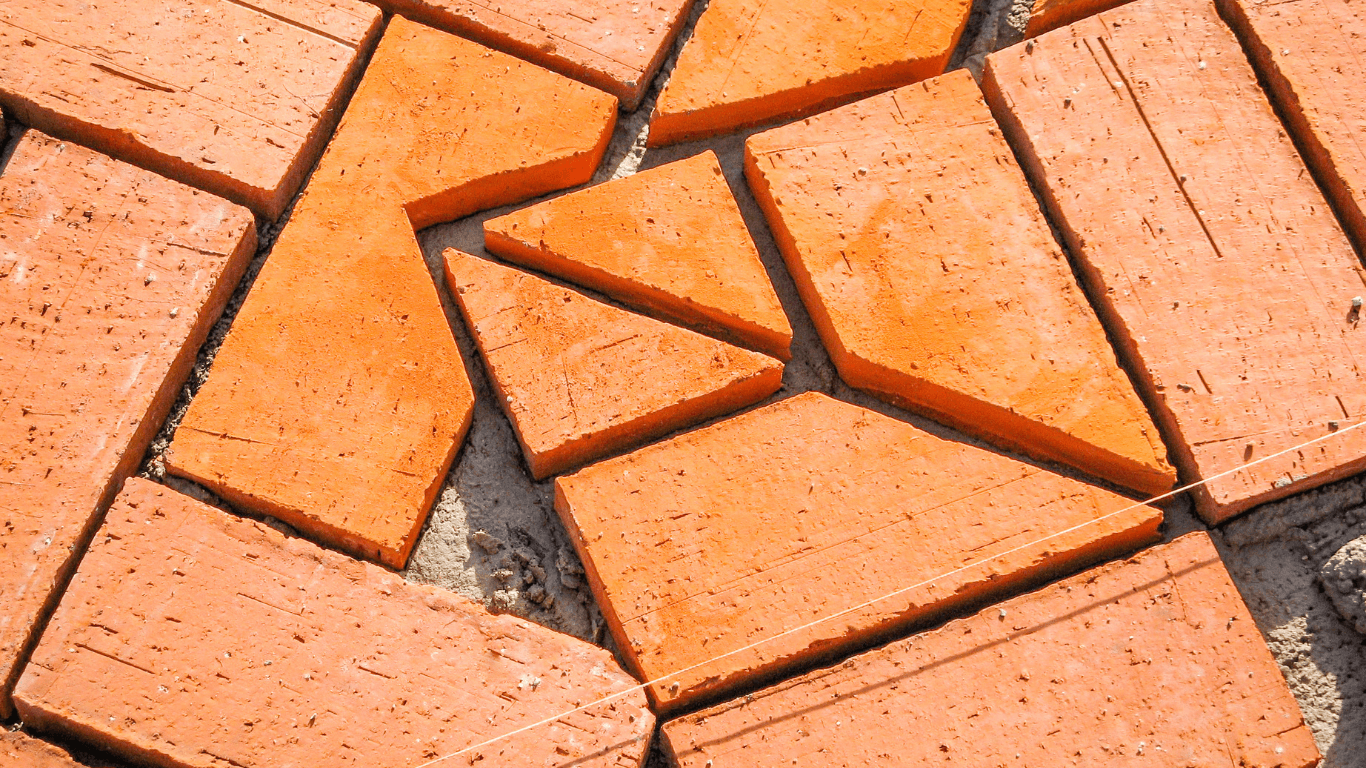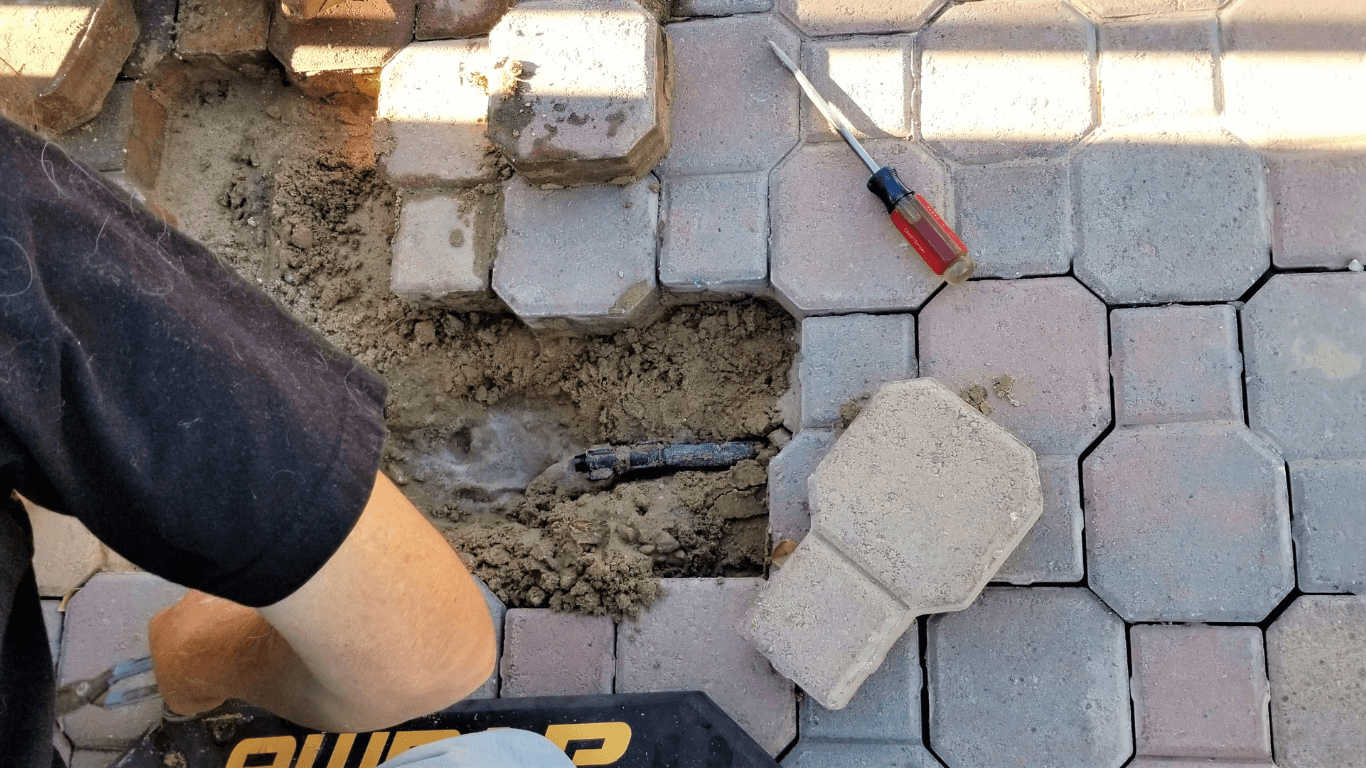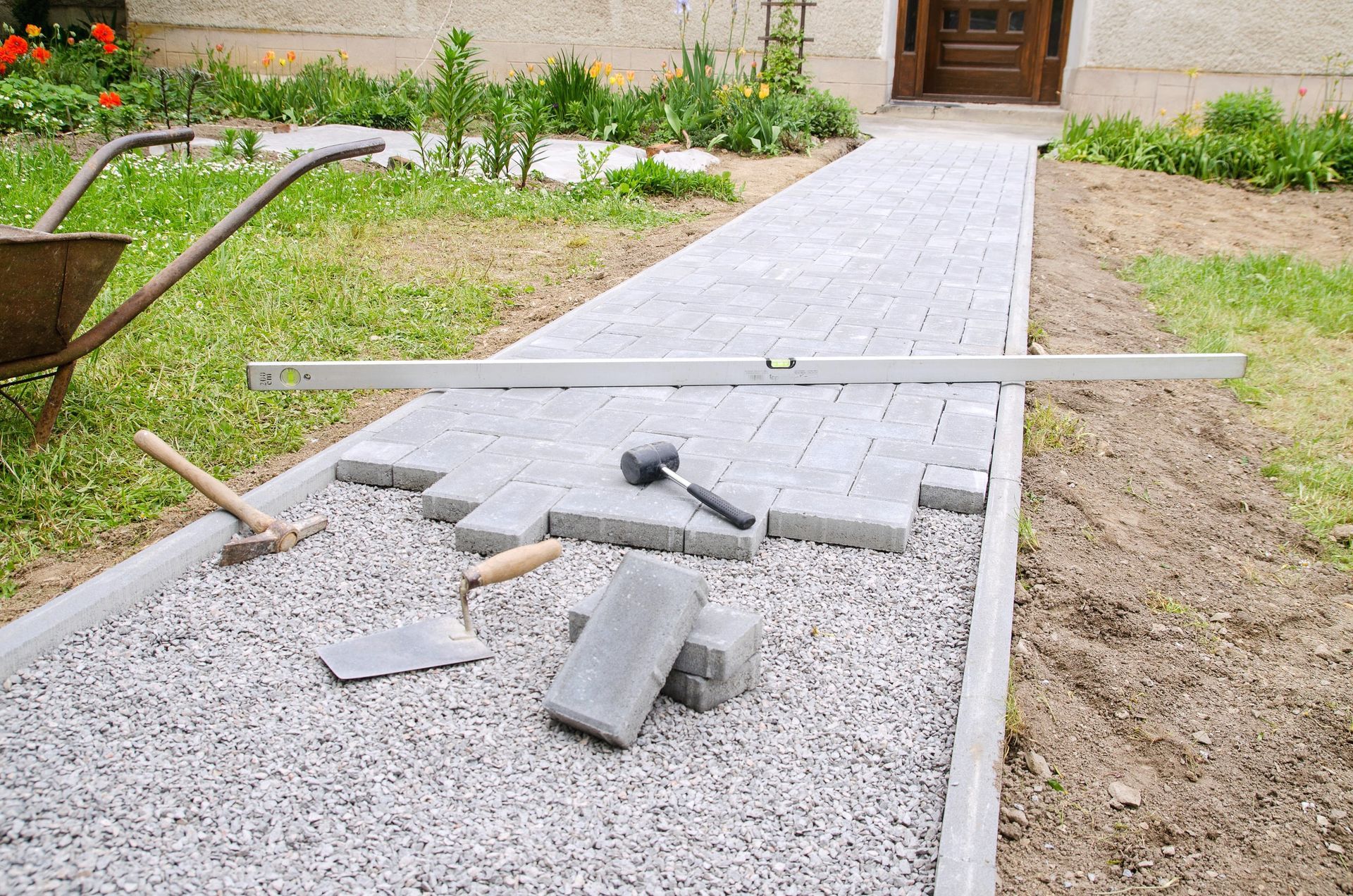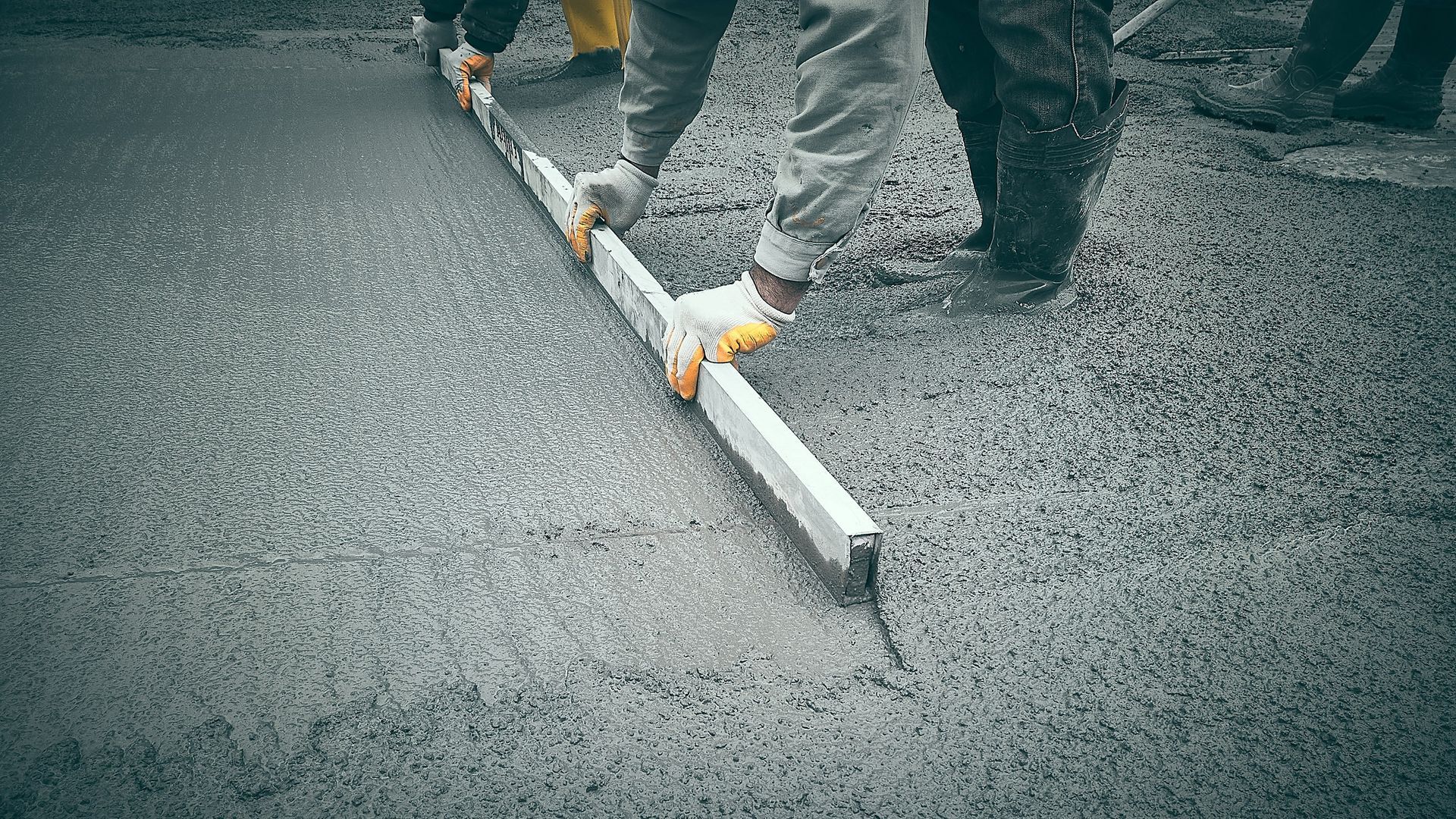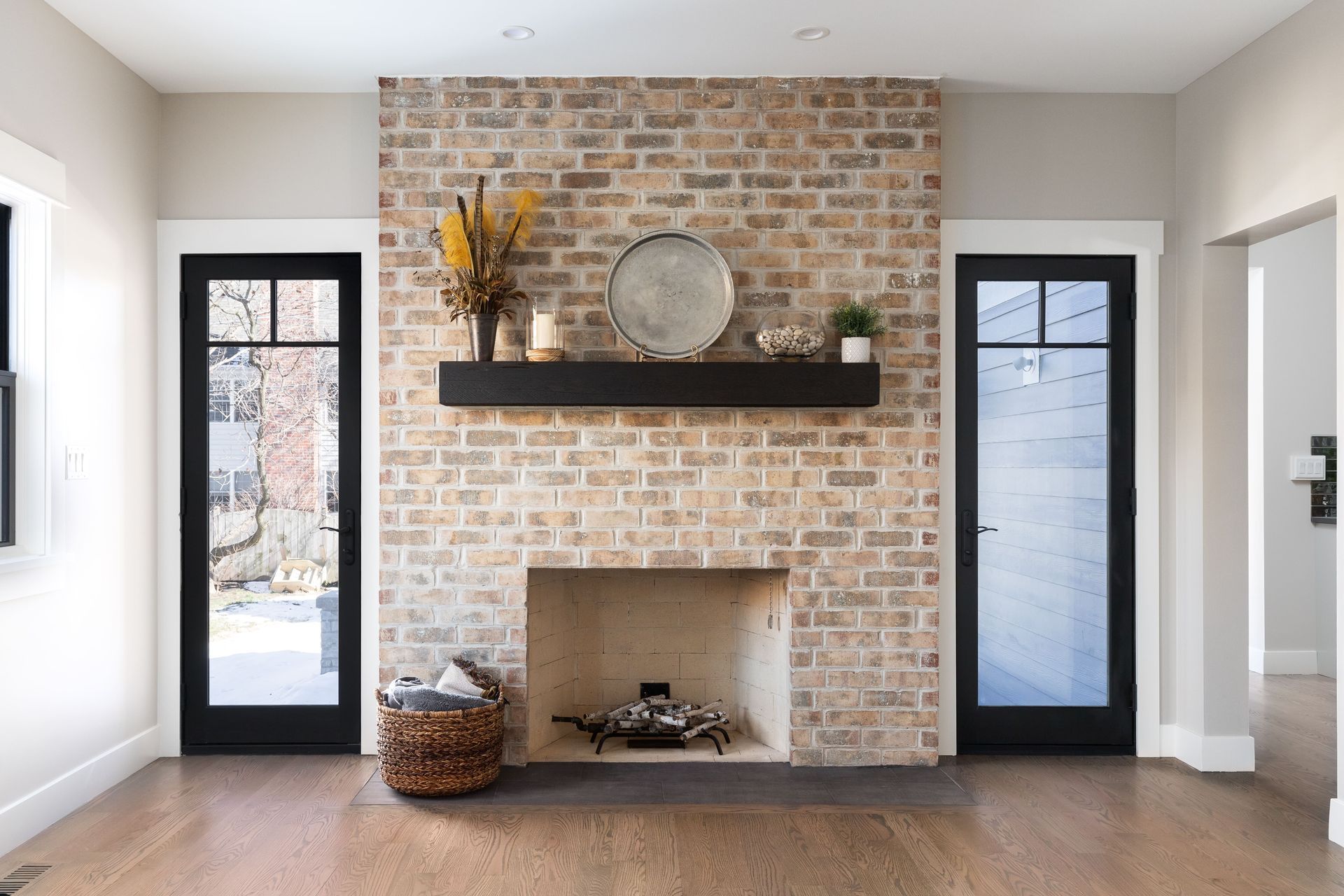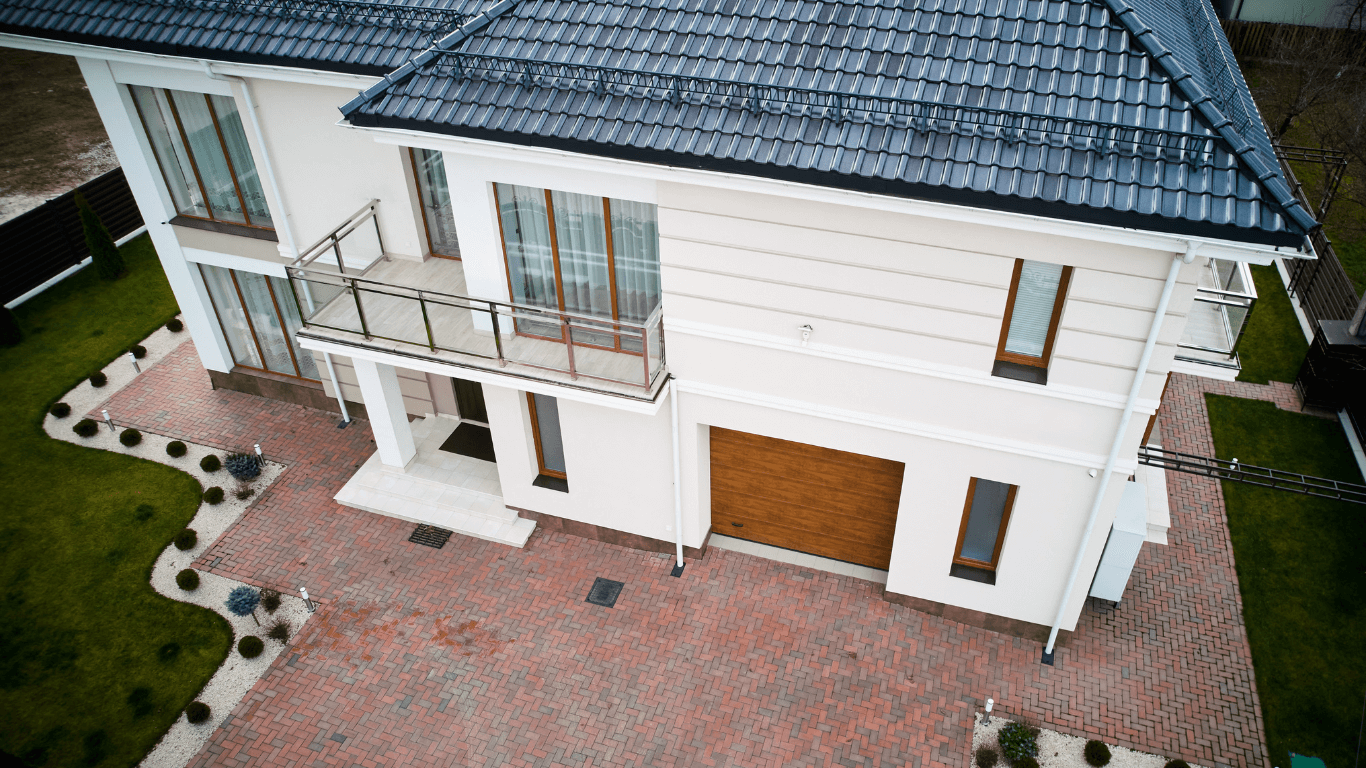The Comprehensive Guide to Sidewalk Replacement Costs
Sidewalks are fundamental to our urban infrastructure, providing safe pathways for pedestrians and enhancing the aesthetic appeal of our communities. As these pathways age or become damaged, replacement becomes necessary to ensure safety and compliance with modern standards. This guide offers an extensive look into the myriad factors that contribute to the costs associated with sidewalk replacement, tailored for homeowners, municipal officials, and construction experts seeking in-depth understanding and planning insights.
Understanding the Variables Impacting Sidewalk Replacement Cost
When it comes to replacing sidewalks, numerous variables play a critical role in shaping the overall cost of the project. These factors can range from the selection of materials to the scope of the project, labor rates, and the intricacies of regulatory compliance. Each of these aspects carries its own set of considerations, making the estimation of sidewalk replacement costs a complex process that demands a nuanced understanding.

The Significance of Material Choice
The material selected for a sidewalk replacement project plays a pivotal role in determining the overall cost. Concrete is the most popular choice due to its durability and cost-effectiveness, offering a reliable option for a wide range of projects. However, alternatives like pavers, natural stone, and rubber provide distinct aesthetic and functional benefits at different price points. For instance, pavers add a decorative touch and flexibility in design but come at a higher cost due to the complexity of installation and the materials themselves.
Natural stone stands out for its durability and unique look but requires a significant investment in both material and labor. Rubber, appealing for its safety and environmental benefits, particularly in play areas, represents a higher initial cost that might be mitigated by its longevity and reduced maintenance needs over time.
The Impact of Size and Scope on Costs
The overall dimensions of the sidewalk project directly influence the cost, with larger areas requiring more materials and labor. However, it's not just the square footage that matters; the project's scope, including any design complexities like curves, slopes, or the need for specialized finishes, also plays a crucial role.
These elements can increase the time and skill needed for completion, thereby elevating the project's cost. Additionally, the thickness of the sidewalk, designed to accommodate varying levels of foot traffic and weather conditions, can affect material requirements and, consequently, the overall expense.
Labor Costs: A Reflection of Skill and Region
Labor costs are a significant component of sidewalk replacement expenses, varying widely based on the project's location and the expertise required. Skilled labor is essential for ensuring the sidewalk's durability and compliance with local codes, contributing to higher costs in regions where such expertise is in demand.

Furthermore, the duration of the project can impact labor costs, with longer projects necessitating a greater investment in manpower.
Additional Considerations in Sidewalk Replacement
Beyond the primary factors of materials, size, and labor, several other considerations can affect the cost of sidewalk replacement. The process of removing and disposing of the old sidewalk material, for example, can add to the project's overall expense, particularly in cases where the existing pavement is thick or difficult to access.
Compliance with local regulations and the need for permits also contribute to the cost, as does ensuring the new sidewalk meets the Americans with Disabilities Act (ADA) standards for accessibility. These regulatory requirements might dictate specific design parameters, such as minimum widths and slopes, further influencing the project's complexity and cost.
Navigating the Costs of Sidewalk Replacement
Given the wide range of factors influencing sidewalk replacement costs, it's clear that each project will have its unique considerations and expenses. Property owners and municipal planners should engage with experienced contractors to obtain detailed estimates that account for the specific conditions and requirements of their projects.
By understanding the nuances of material selection, design complexity, labor requirements, and regulatory compliance, stakeholders can make informed decisions that balance cost, functionality, and aesthetic appeal in their sidewalk replacement projects.
Efficient Project Management and Cost Savings
Efficient project management is key to controlling sidewalk replacement costs. This involves detailed planning and scheduling, accurate budgeting, and effective communication among all stakeholders. Selecting the right contractor who can deliver quality work within a reasonable timeframe is crucial. A contractor with experience in similar projects can offer valuable insights into cost-saving opportunities without compromising on quality or safety standards. For instance, they might suggest timing the project to take advantage of seasonal labor rates or material discounts.

In addition, property owners and municipal officials should consider the long-term maintenance costs associated with their chosen materials. While some materials may have a higher upfront cost, their durability and lower maintenance requirements can lead to savings over the life of the sidewalk. Conversely, cheaper materials might necessitate more frequent repairs or replacements, leading to higher costs in the long run.
The Role of Technology in Sidewalk Replacement
Advancements in construction technology also play a role in managing sidewalk replacement costs. Modern techniques and materials can offer more efficient ways to replace sidewalks, potentially speeding up the process and reducing labor costs. For example, precast concrete panels can be used to expedite installation, or innovative materials can provide longer-lasting surfaces that resist weathering and cracking better than traditional options.
Moreover, software tools can aid in project management by streamlining the planning and monitoring phases, helping to keep the project on schedule and within budget. These tools can also facilitate better communication between clients and contractors, ensuring that any changes or challenges are addressed promptly to avoid costly delays.
Conclusion: The Path Forward in Sidewalk Replacement
Sidewalk replacement is a multifaceted endeavor that requires careful consideration of a range of factors to manage costs effectively. From choosing the right materials and understanding the project's scope to navigating labor costs, regulatory requirements, and environmental considerations, each aspect plays a crucial role in the project's success and long-term value. By leveraging efficient project management practices, embracing technology, and prioritizing sustainability and compliance, stakeholders can ensure that their sidewalk replacement projects meet today's needs while preparing for tomorrow's challenges.
With an unyielding commitment to quality and precision, Constructive Concepts has been the backbone of numerous prestigious projects over the last 30 years in Staten Island, New York. Our areas of expertise include a diverse array of masonry works, flat work, interior renovations, and much more. We specialize in creating spaces that not only meet but exceed your expectations, through a collaborative approach that values your input at every step.

GET A FREE ASSESSMENT
How long have you been waiting for your dream design?
We invite you to experience the transformative journey from concepts to constructions, where dreams take a tangible form through a harmonious blend of skill and material. With Constructive Concepts, witness the crafting of dreams into reality, one stone at a time.
